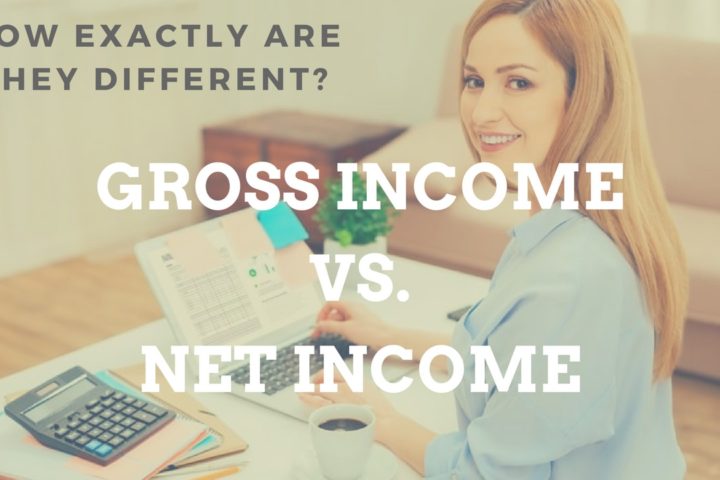SR&ED is a prominent funding program available for Canadian businesses throughout the past four decades. This tax credit helps organizations looking to ease their tax burden, as long as they meet the eligibility criteria.
What applying for SR&ED tax credits, many applicants may not fully grasp what project components are covered under the program. Businesses should understands the eligibility guidelines that apply to SRED.
We have outlined more about the specific projects that meet the program’s criteria. Here are the best SR&ED examples that demonstrate how the tax credits work:
SR&ED Example #1: Hypothesis testing
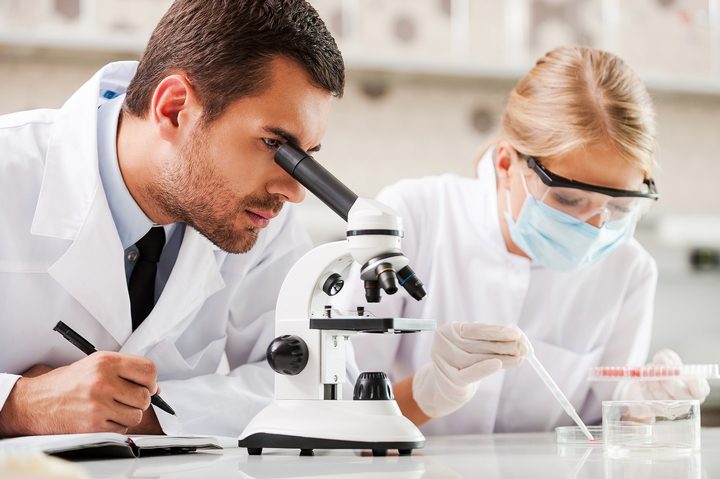
You may discover new information or technology from a scientific discovery related or unrelated to your industry. You may desire to test that hypothesis and apply it to a manufacturing process. This sort of experimentation would qualify under the SR&ED criteria.
There is a major difference between experimentation and trial-and-error. A company can engage in trial and error without true scientific or technological experimentation. Trial-and-error doesn’t qualify for SR&ED.
SR&ED Example #2: Experimental testing
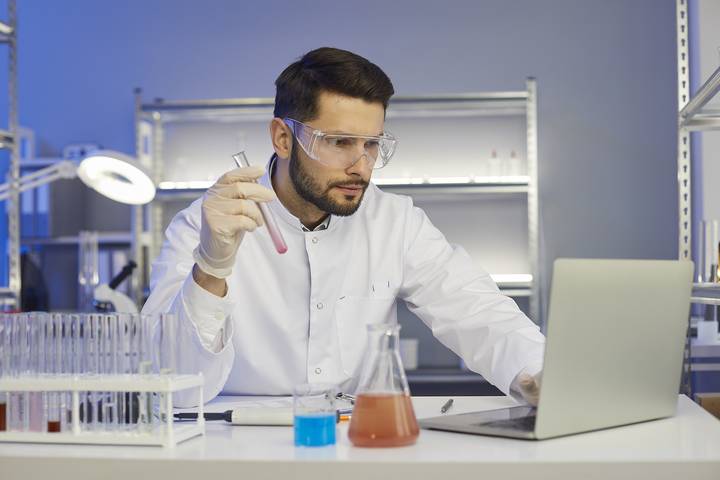
Experimental analysis is a suitable SR&ED example. You must have documentation supporting the reason behind the experimentation, and it must be reasonable in design as it relates to the objective. As stated, though, trial-and-error on its own is not enough to qualify for SR&ED tax credits.
With SR&ED programs, there is an element of uncertainty of outcome. For example, if you purchase new technology or start applying new techniques to a scenario with certainty, it will perform a certain way. This is not an example of SR&ED. It is only when one begins to experiment with standard or non-standard techniques in scenarios where the outcome isn’t reasonably certain that the element of innovation is present. The latter situation is likely to qualify for SR&ED funding.
SR&ED Example #3: New products and technological uncertainty
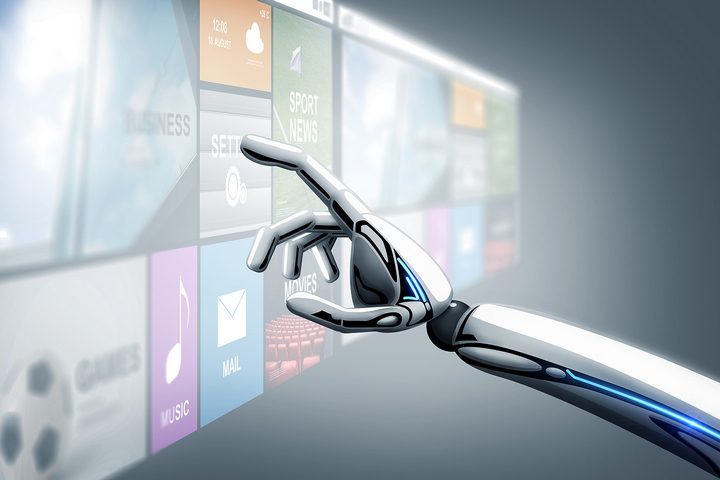
Lots of Canadian companies have come up with new products. Few of them qualify for SR&ED. A product must challenge technological uncertainty in some way. If a company simply redesigns something to be branded a certain way or to have certain features, or if it’s an entirely new product where the only uncertainty is how the market will react, none of this qualifies.
However, when a product is designed to improve ease of use or experiments with using a new material and a new manufacturing process, this can be argued as meeting the criteria for SR&ED.
SR&ED Example #4: Using established technology in new ways
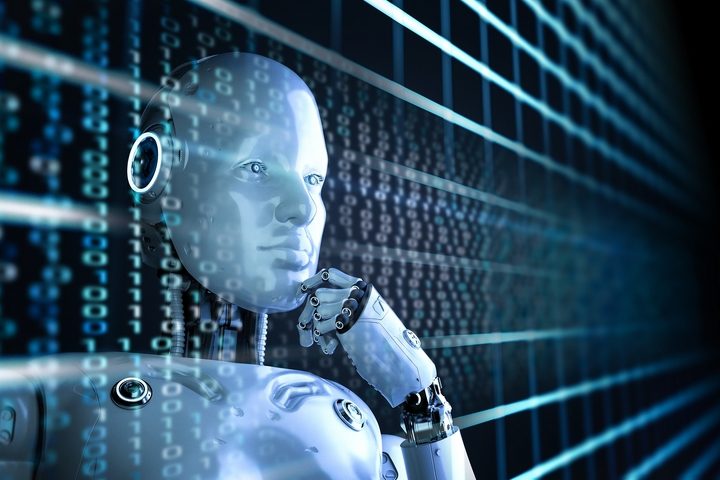
You may recognize the value of existing technology as it applies to a new situation. In certain circumstances, this is an example of SR&ED. When there is a limitation on existing processes or systems, it can be reasonably argued that applying another type of technology, with an element of technological uncertainty involved, this new application would allow you to qualify under SR&ED funding.
Some businesses invest a lot of time, effort, and money into applied research, like experimenting with new processes to manufacture a certain type of product. To test this, they might need to produce some 500 units. All of those costs would qualify under applied research and SR&ED funding. However, as a business continues to produce units, these subsequent units wouldn’t qualify for any funding. The SR&ED tax credits are limited to only what’s necessary under the established criteria.
SR&ED Example #5: Solving a technological uncertainty

It’s not enough to have solved a technical problem. Solving technological uncertainty is necessary to apply to the SR&ED criteria when there is a technical problem at play. Let’s say there’s an ongoing technical issue with a piece of equipment, and the resolution is to buy new components for said equipment, thereby resolving the problem. This isn’t SR&ED-applicable.
However, if you address the underlying cause, experiment with various failed attempts to change the conditions causing the issue. This would meet the criteria for an SR&ED project component to overcoming technological uncertainty.
SR&ED Example #6: Meeting cost targets with new technology
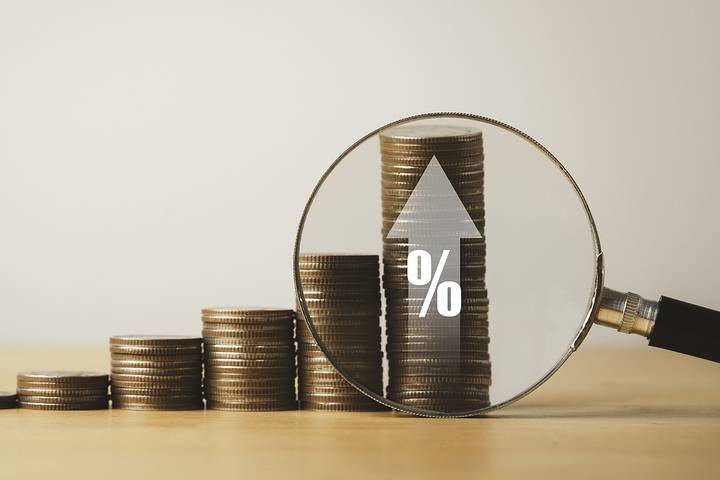
A company may be experimenting with new technology to find a less costly work process. This would be to save on cost long-term and may qualify for SR&ED if technological uncertainty is involved. If one is experimenting with different equipment and processes without sufficient knowledge of what the outcome may be, this is considered innovative enough to be included in the SR&ED example list.
SR&ED Example #7: Larger projects divided into smaller parts
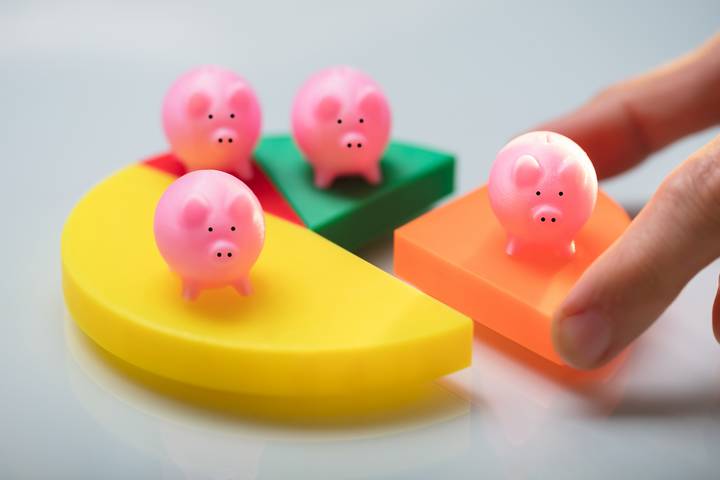
An entire project may not be SR&ED-applicable. However, specific parts are. This is a fairly common occurrence when discussing SR&ED applications. One must understand how to separate what’s included and what isn’t, identifying with clarity in their application and supported with documentation.
In labs everywhere, lab technologists have to do routine data collection. This is not fairly standard and not applicable to SR&ED. This does not mean that the whole of the project is excluded. The routine work’s all that is excluded. This would apply if they perform additional data collection and can relate it to experimentation, technological uncertainty, and other SR&ED concepts.

